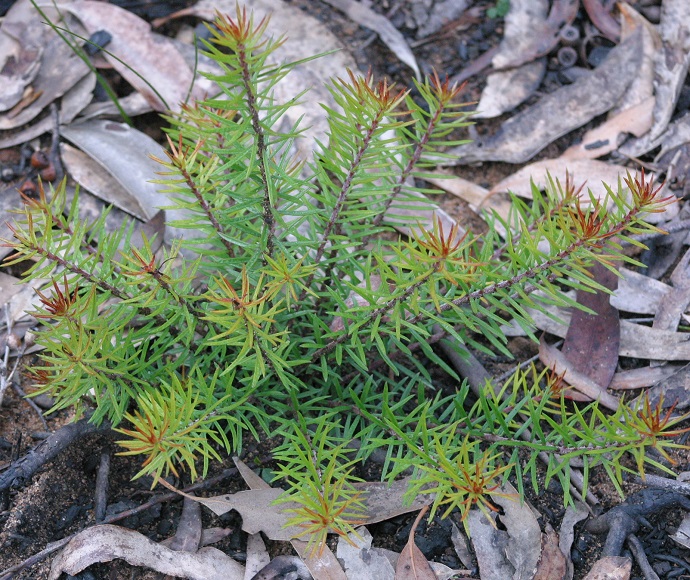Saving our Species 2022 - Science and Research Projects
National Science Week is Australia’s annual celebration of science and technology. To mark the occasion, let’s take a look at some of the scientific research being funded by Saving our Species (SoS). These projects are helping to answer key questions about threatened species conservation.
Understanding the importance of ‘greenspots’ for threatened species in Arid NSW
In arid environments, a lot of small mammals, reptiles and ground dwelling birds follow a ‘boom’ and ‘bust’ strategy to cope with changing environmental conditions and events such as fire or drought. These species can breed quickly in periods with ample resources – this is the ‘boom’ and is typically associated with periods of above-average rainfall. They can then diminish during leaner times – this is referred to as the ‘bust’ – typically associated with extended dry periods.
During a ‘bust’ period, safe areas of habitat provide these species with food, shelter and nesting. These areas are known as ‘greenspots’ and are vital to the survival of ‘boom’ and ‘bust’ species.
This project is investigating the ways ‘greenspots’ function and their value in supporting wildlife during ‘bust’ periods. It will help inform the conservation management for many arid zone threatened species; including the fat tailed gecko (Diplodactylus platyurus), dusky hopping-mouse (Notomys fuscus) and stripe-faced dunnart (Sminthopsis macroura).
‘Understanding ‘greenspots’ to increase climate change resilience and persistence of threatened small mammals in arid NSW’ is being delivered by the NSW Department of Planning and Environment in partnership with Sydney University.
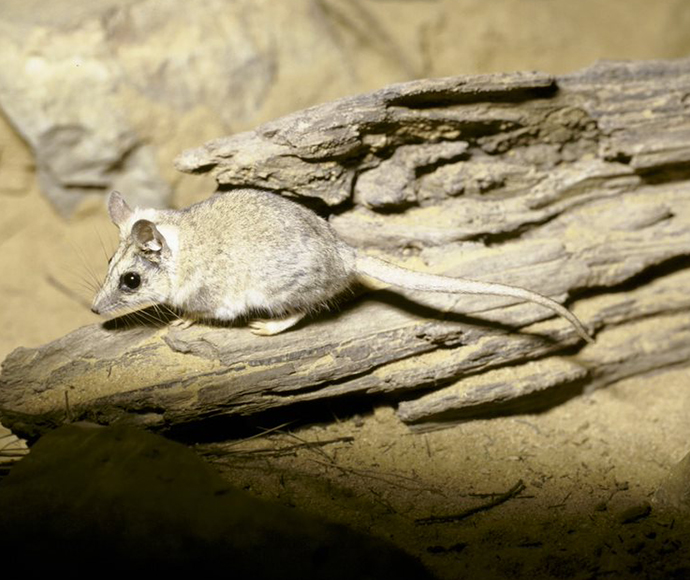
Using eDNA in threatened species conservation in the Barrington Tops
The project sites in Barrington Tops National Park, Mount Royal National Park, and the Barrington Tops State Conservation Area cover 89,933 hectares of diverse topography and vegetation. With a project site of this scale and diversity, managing threatened species, communities and key threats is challenging, expensive and time consuming. In addition, many of the species in the project site are also elusive and difficult to monitor.
Environmental DNA (eDNA) is a new survey technique to help overcome some of these challenges. It uses DNA extracted from water samples to identify species present in the survey area. This project will put the validity of eDNA to the test. The Saving our Species (SoS) program will aim to better understand how eDNA can help manage complex monitoring sites and species in an affordable and effective way.
Some of the threatened species being targeted for monitoring through this project include the tiger quoll (Dasyuris maculatus), long-nosed potoroo (Potorous tridactylus), Davies’ tree frog (Litoria daviesae), broad-toothed rat (Mastacomys fuscus) and Hastings River mouse (Pseudomys oralis).
‘A novel approach using eDNA to holistically implement conservation and management in the Barrington Tops’ is being delivered by SoS in partnership with the NSW National Parks and Wildlife Service (NPWS).
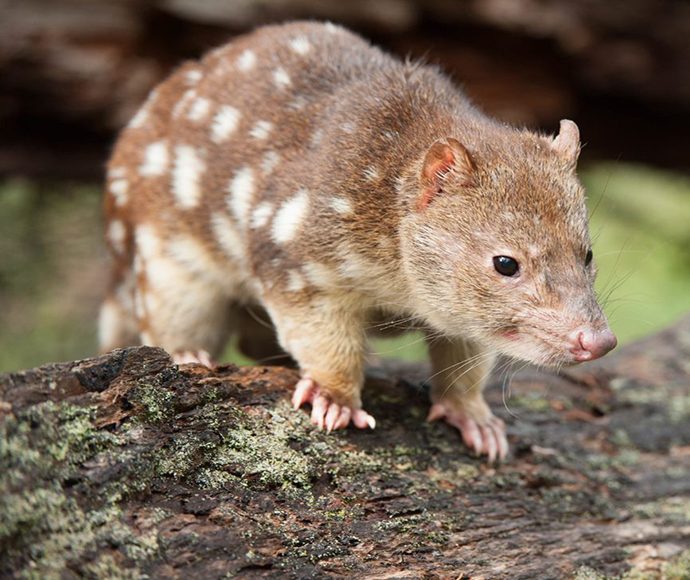
Western pygmy possum: improving nesting opportunities & detectability in the South West Mallee
The western pygmy possum (Cercartetus concinnus) is a small threatened nocturnal marsupial with a patchy distribution in New South Wales. Low population numbers in areas of suitable habitat suggest that this species may be impacted by the availability of critical resources like nesting sites and food. In the Murray Mallee region, these resources are influenced by time-since-fire and rainfall.
This project will place nest boxes in eucalyptus trees going through different stages of post-fire regeneration, to examine if:
- western pygmy possums use the hollows
- more possums are detected during years of below average rainfall
- the hollows are used to rear young.
The project may also provide threatened species experts with an improved monitoring strategy for the species.
‘Evaluating nest boxes for improving nesting opportunities and detectability of western pygmy possum in the south-west mallee region of semi-arid NSW’ is being delivered by SoS in partnership with Narional Parks and Wildlife Service.
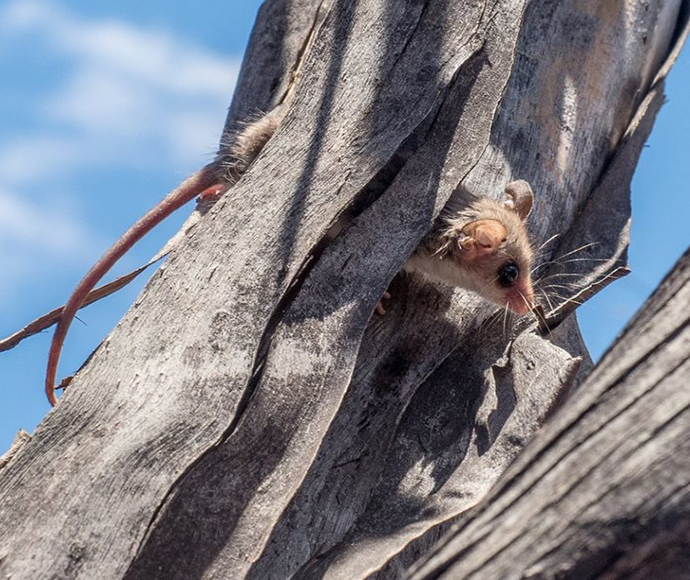
A genetic biobank for threatened waxcap mushrooms
Lane Cove Bushland Park is home to a unique community of over 20 critically endangered fungi species in the Hygrophoraceae family. This community of waxcap mushrooms is important because it contains decomposing fungi – a crucial component of the larger ecosystem as it helps the growth of plant roots and provides food for a range of native animals.
Threatened species experts need to have a basic understanding of the fungi to maintain the diversity and habitat of the community. Currently, the identification of the fungi has been based on physical characteristics using field identification, requiring specialist expertise and skills with results often confusing and inconclusive.
So how do we improve the accuracy of fungi identification? This project will develop a reference collection (biobank) that pairs physical characteristics with DNA sequencing to support future identification and classification of this fungi community. The project will confirm the identification of existing fungi based on DNA analysis, assist in future identification and identify gaps in our current knowledge.
‘A genetic biobank for threatened waxcap mushrooms (Hygrocybe spp.)’ is being delivered by SoS in partnership with the NSW Mycology Herbarium and Western Sydney University.
Read more about the Hygrocybeae Community of Lane Cove Bushland Park in the Sydney Basin Bioregion.
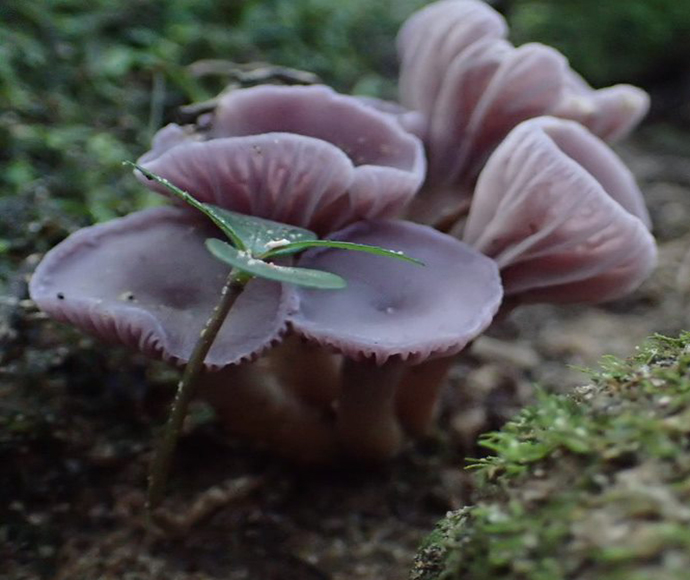
Pollinator dependencies in three rare orchids
Research is underway to help save three critically endangered native orchid species that only exist on the Central Coast and Lake Macquarie regions - the variable midge orchid (Genoplesium insigne), Corunastylis sp. Charmhaven and Wyong sun orchid (Thelymitra adorata). Very little is known about the ecology of these rare orchids, including the pollinators that play an essential role in their life cycle.
This research project will identity the pollinator species and how often they visit each of the three orchid species. The research will inform a translocation plan to ensure reproductive success at the translocation sites and will contribute to the long-term survival of these orchids in the wild.
‘Ensuring the reproductive success and survival of three critically endangered orchids in the wild in NSW by defining pollinator dependencies’ is being undertaken by SoS in partnership with the University of Sydney, Invertebrates Australia, Ecoplanning and various private and public landholders.
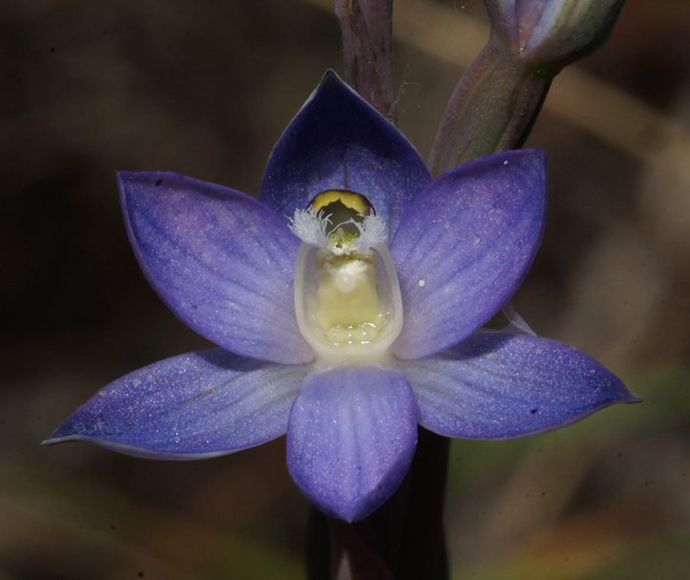
Artificial intelligence for identifying bat calls
Bats are important because they provide key ecosystem services like pollination, seed dispersal and regulation of insect populations. In particular, microbats consume high numbers of insects, eating well over half their own bodyweight each night. Many of these insects are human pests like mosquitoes or significant agricultural pests.
This project will investigate the use of artificial intelligence to automatically and efficiently identify full-spectrum bat calls. We believe this will improve the accuracy of call detection and will remove some of the financial barriers associated with manual call identification associated with one of the most common surveys for microbats – passive call detection and identification. This survey tool not only guides threatened bat conservation actions across NSW but is also relied upon by ecological consultants to completed environmental impact assessments.
This pilot study will demonstrate the feasibility of using artificial intelligence to identify bat calls and will benefit many threatened microbat species, including the eastern coastal free-tailed bat (Micronomous norfolkensis), large-eared pied bat (Chalinolobus dwyeri), large bent-winged bat (Miniopterus orianae oceanensis) and southern myotis (Myotis macropus).
‘Automated bat call identification using full-spectrum calls and artificial intelligence’ is delivered by SoS in partnership with the Forest Science Unit from the Department of Primary Industries and the Arthur Rylah Institute in Victoria’s Department of Environment Land, Water and Planning.
Read more about Bat calls of NSW.
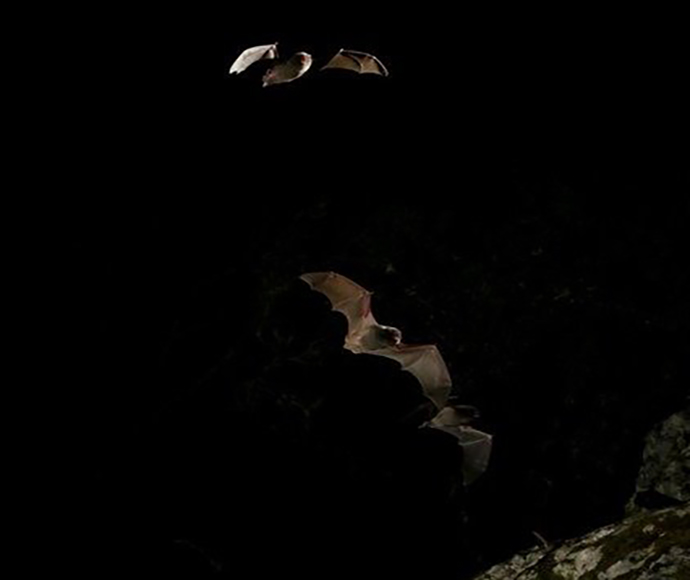
Conservation management of clonal and exceptional species
Persoonia hindiiis a geographically restricted threatened shrub on the Newnes Plateau near Lithgow. Its distribution area has been repeatedly burnt and was entirely impacted by the ‘black summer’ bushfires of 2019–20. Persoonia hindii is also threatened by the expansion of mining on the Newnes Plateau and the species’ narrow high elevation niche makes it vulnerable to climate change. The species is also vulnerable to extinction due to its extremely small population size and lack of genetic diversity.
This project will build an understanding of the genetic diversity within the current population and will be critical to informing future management actions for this species including translocation and genetic rescue actions to carefully introduce genetic diversity. It is hoped that the findings will be of relevance to other plant species not suitable to conventional seed banking.
‘Conservation management of clonal and exceptional species, Persoonia hindii’ is being delivered by SoS in partnership with Hawkesbury Institute for the Environment, Western Sydney University, Evolution and Ecology Research Centre, University of New South Wales, Australian PlantBank and the Royal Botanic Gardens and Domain Trust.
